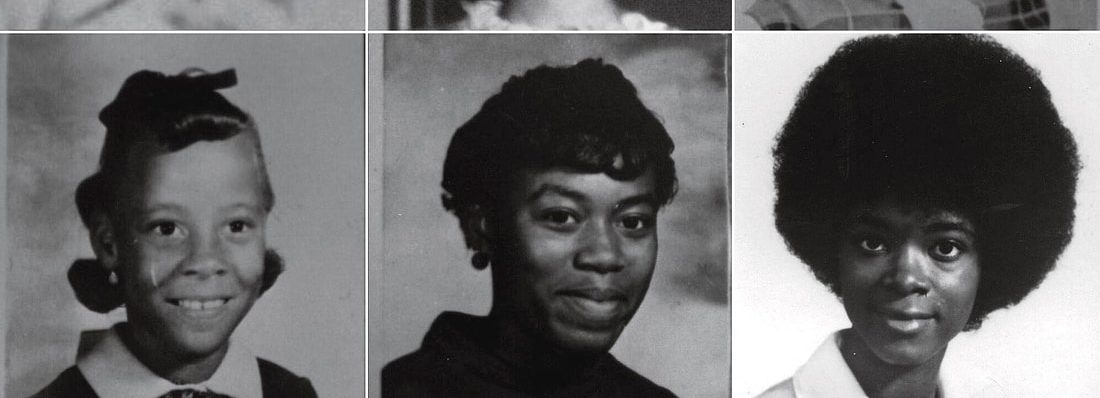Investigation Discovery’s ‘People Magazine Investigates: The Freeway Phantom’ chronicles the crimes of a serial murderer self-proclaimed as the Freeway Phantom. They operated in Washington, D.C., between April 1971 and September 1972 and claimed at least six victims. The killer has been unidentified even after nearly half a century, though the police identified several suspects who might have been the said serial killer. One such suspect was the rookie police officers duo, Edward Sullivan and Tommie Simmons.
The Mystery of Freeway Phantom
Touted as Washington, D.C.’s first serial killer, this yet-to-be-identified murderer was responsible for killing at least six minor girls in Washington, D.C., from April 1971 to September 1972. Seven young black girls were mysteriously slain in the national capital by a killer known as the ‘Freeway Phantom.’ Extensive manhunts were conducted in search of the mysterious assailant since the discovery of the probable first victim of the serial killer.
13-year-old Carol Denise Spinks’ body was discovered by the authorities six days later from the day she was reported missing on April 25, 1971. She was sent to buy groceries at a 7-Eleven located a half-mile away from her home by her older sister, but she never returned. Her body was discovered behind St. Elizabeths Hospital on a grassy embankment next to the northbound lanes of I-295, about 1,500 feet south of Suitland Parkway. Investigation revealed that the minor girl was sexually assaulted and strangled to death.
The most notable thing about the discovery was that the body was dressed except for the missing shoes. Since then, the police department found the bodies of 6 more minor black girls, all of whom were strangled, assaulted, and shoes missing. The only notable exception was Brenda Denise Woodard, whose body still had the shoes worn. Investigators hypothesized that the killer left her shoes because her name was inscribed on the pair. The body also had a coat on its chest, in the pockets of which was a note with a poem –
“this is tAntAmount to my
insensititivity [sic] to people
especiAlly women.
I will Admit the others
wheN you cAtch me iF you cAn!
FRee-wAy PhanTom”
Investigators analyzed the note’s handwriting to determine that Brenda herself wrote the message, and the writing showed no signs of distress. From this, the detectives hypothesized that she might have known her killer, which led to her not being under compulsion while writing the note. Another exception of the modus operandi was the body of 14-year-old Angela Denise Barnes; her bullet-riddled body was found on an abandoned Maryland road in 1971.
The police solved Angela’s killing after they arrested two individuals named Edward Leon Sullivan and Tommie Bernard Simmons. They were identified as rookie cops who had resigned from the force during their one-year probationary period. Their resignation came following an incident after their guns “went missing” after Tommie, 26, claimed they were burglarized from his Temple Hills home in Maryland.
The police later recovered one of the .38 caliber pistols reported stolen by the two police officers. They were charged with Angela’s murder and were held by Washington, D.C. police in Charles County jail in Maryland. The bail bond for the alleged perpetrators was set at $250,000.
Edward Sullivan and Tommie Simmons Are Convicted Killers
Angela fitted seamlessly into the victim profile of the Freeway Phantom – she was a minor, African American, and her body was found near an abandoned road. However, the modus operandi of the homicide differed significantly from the other killings – she was shot and not sexually assaulted, unlike the other six victims. Angela’s body was also wearing her shoes which did not fit the bill of the victims of the concerned serial killer.
Authorities could never conclusively link Edward and Tommie with the other killings and mark them as the Phantom Freeway killer. In fact, Maryland police claimed there were no similarities between Angela’s death and the murder of six other girls in D.C. Various conspiracy lovers later alleged that some of the sympathetic police officers had covered up the evidence; no proof of it was ever recovered. Experts believe that it might have only been a tragic coincidence that Angela’s murder loosely mirrored the victims of the Freeway Phantom. However, in the end, Edward and Tommie were convicted of murdering the 14-year-old, for which they were sentenced to twenty years to life. From what we can tell, they have since been released and lead a quiet life these days.
Read More: Are Green Vega Rapists Freeway Phantom? Where Are They Now?

